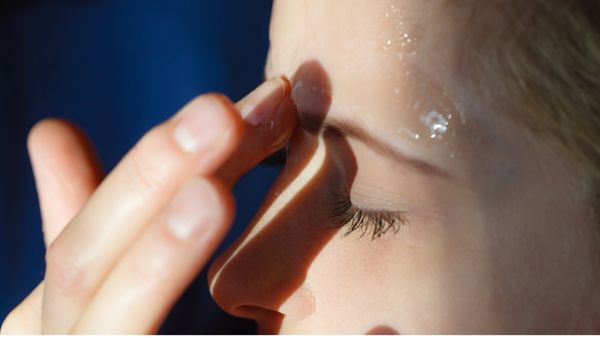Evening Primrose Oil Skin Benefits
Spring evenings are the perfect time to admire the delicate pink and yellow blooms of evening primrose (Oenothera biennis), a wildflower that flourishes in warmer weather.
Native to Europe and North America, this resilient biennial has a long history in traditional herbal remedies. However, it wasn’t until the 1930s that scientists discovered the power of its seed oil—rich in the rare gamma-linolenic acid (GLA), a potent omega-6 fatty acid known for its skin-nurturing benefits.
Our bodies naturally convert linoleic acid into GLA, but as we age—especially after menopause—this process slows significantly. To maintain healthy, hydrated skin, it’s important to supplement with plant-based sources of GLA, such as evening primrose oil, hemp seed oil, and borage oil.
Research shows that GLA helps:
✔ Improve skin hydration
✔ Strengthen the skin barrier
✔ Soothe redness and inflammation
✔ Support conditions like eczema, dermatitis, and acne
You’ll find this essential skin-replenishing oil in our Alpine Phytonutrient Serum.
5 Skin Benefits of Evening Primrose Oil
1. Calming & Anti-Inflammatory
Rich in GLA, evening primrose oil helps reduce redness, soothe irritation, and calm reactive skin. Studies suggest it’s particularly beneficial for conditions such as eczema, psoriasis, and acne, making it an excellent choice for sensitive or inflamed skin.
2. Rejuvenating & Firming
Packed with botanical antioxidants, evening primrose oil helps defend against free radical damage, preserving skin elasticity and firmness. Over time, this can help maintain a smoother, more youthful complexion.
3. Regenerative & Brightening
This plant-powered oil supports healthy cell turnover and collagen production, helping to refine skin texture and tone. It may also help reduce the appearance of age spots and discoloration, revealing a more even, radiant complexion.
4. Deeply Moisturizing
As a natural emollient, evening primrose oil enhances skin hydration by reducing transepidermal water loss (TEWL). This strengthens the skin barrier, locks in moisture, and plumps the skin, visibly softening fine lines and wrinkles.
How to Incorporate Evening Primrose Oil into Your Skincare Routine
Evening primrose oil is a versatile addition to any skincare regimen. Its nourishing and restorative properties make it ideal for daily use, whether on its own or blended with other phytonutrient-rich botanicals—like in our Alpine Phytonutrient Serum.
Continue reading



















